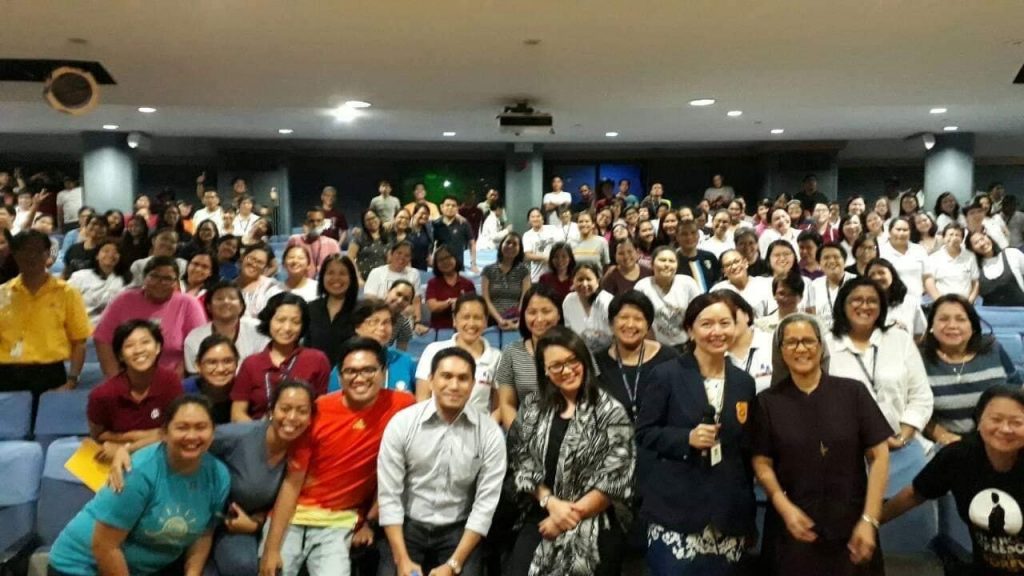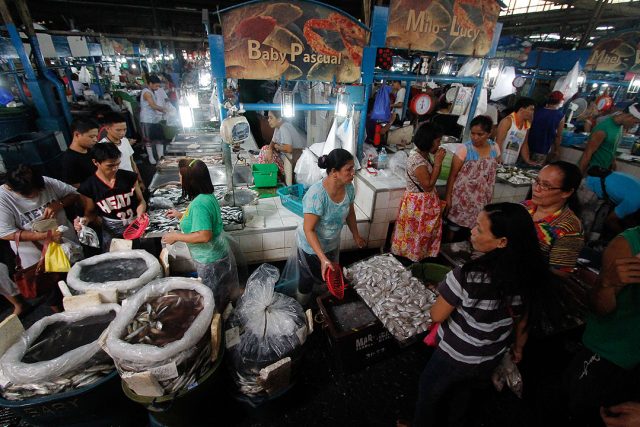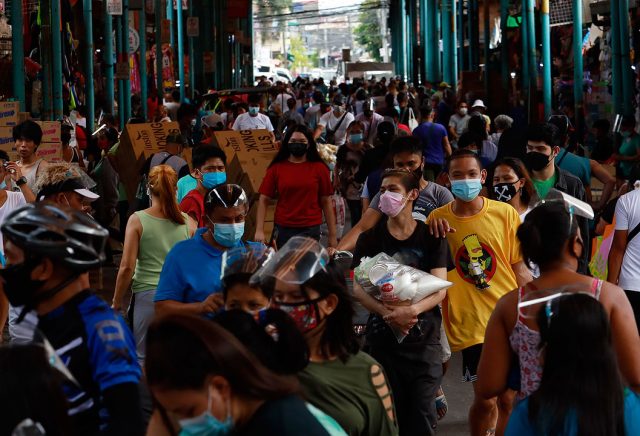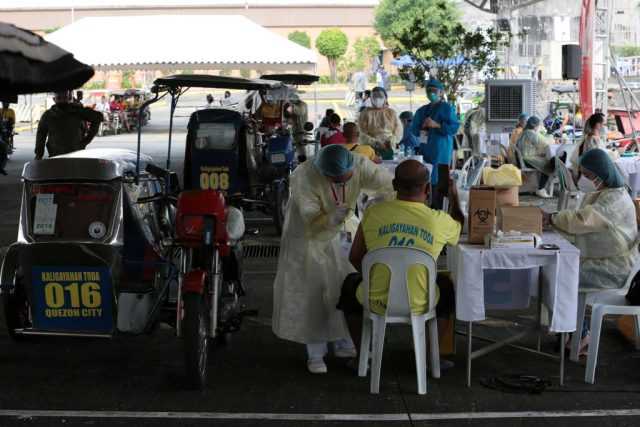The food delivery wave
The restaurant industry is among the most affected sectors in this pandemic. Not only have the lockdowns curtailed dine-in sales, the fear of infection continues to discourage millions from going out and patronizing their favorite restaurants.
According to the European Journal of Social Psychology, it takes 66 days for behaviors to become a habit. Living under the COVID regime for 20 months has left consumers with the habit of consuming restaurant food at home via delivery service. Eating at home is now ingrained in our DNA and home delivery will comprise the bulk of restaurant sales as we move forward. Thus, it is imperative that restaurants have a delivery mechanism and online ordering platform to thrive.
Although there will always be a space for experiential dining within the confines of a restaurants, it will no longer be the principal source of sales for most establishments. Those with enormous dining rooms will have to downsize. Studies further show that for the majority of restaurant types, it is more advantageous to have smaller but more plentiful restaurants in areas where people live and work (for ease in food delivery) rather than bigger restaurants in expensive commercial centers.
With rapidly evolving market conditions, it is important for industry players to understand the emerging trends. As an industry insider, I was fortunate to secure a copy of the Food Trends Report commissioned by a regional (ASEAN) food delivery portal. Let me share the pertinent findings that relate to the Philippine market.
The food delivery sector clocked-in gross revenues of P55 billion last year. One third of all meals consumed by Filipinos were ordered from restaurants while two-thirds were home cooked. Fifty percent of customers decide what they want to eat based on what they see on the app. No surprise, subscriptions to food delivery aggregators, like Grab Food and Food Panda, increased by a whopping 61% over the last year. There is no escaping it — restaurants need to be visible in food aggregator apps given their household penetration.
The downside, however, is that food delivery aggregators take a percentage of sales, sometimes as high as 25%. This is the price restaurants pay for being included in the app and for the logistics services provided. Whereas in the pre-COVID years, the malls were those taking a percentage of sales from restaurant operators, today, it is the delivery aggregators. Restaurant operators will be hard-pressed to survive if they have to pay both. To maintain profit margins, it should be one or the other.
Families with children are the principal patrons of home delivery services. Statistics show that 52% of patrons are married with kids, with an average household size of 4.5 people. Sixty five percent of those booking the order are between 25 to 44 years old. As of last year, 78% ordered food for the family and not just themselves.
The top three reasons for patronizing a restaurant are: first, to satisfy cravings for food that cannot be cooked at home; second, for lack of time to cook; and third, for convenience. It is easier to eat at home than having to deal with traffic and/or parking.
Lunch is the biggest market for food delivery, followed by dinner and afternoon snacks. Breakfast and midnight snacks are the timeslots that generate the least orders. The top 10 food items sought after or searched for by Filipinos are the following (not in order): pizza, doughnuts, milk tea, cakes, burgers, bakery items, Chinese food, coffee, Filipino food, and fried chicken. Interestingly, cake sales are expanding the fastest, having grown 260% between 2019 and 2020.
Eating healthily is now a growing trend among Filipino consumers. Three in four Filipinos claim they want to eat in a healthy manner, 60% of whom say they are even willing to pay a premium for a healthy meal. Orders from restaurants that offer healthy options have increased by 400% last year. Trending are salads, the use of organic ingredients, immunity boosters, those with less salt or sugar, and those with less oil and/or calories. So strong is the healthy trend that many restaurants are now tweaking their menus to include healthy options.
Also high on the search list are food items that are “old favorites” but difficult to prepare at home. This includes dishes like pizza and pasta for the Italian category, specialty dimsum and hot viands for Chinese, kare-kare, lengua estofado, and crispy pata for Filipino, and cakes and pastries for dessert.
Data shows that Filipino families patronize an average of 2.5 restaurants brands per month. The reasons that drive patronage are: variety of choice 71%; value for money 54%; perks and promotions 48%; and visual appeal of the menu 43%.
It is recommended that restaurants pack their menu with low-cost dishes as these encourage consumers to order multiple items, thus, driving up the total bill. A low-cost item is anything below P150. The caveat, however, is that consumers prefer short menus, rather than kilometric selections.
As far as promotions are concerned, 82% of Filipinos prefer buy-one take-one, 82% like free delivery charge, and 69% product discount. Bundling with drinks, desserts, or side dishes have proven to be effective too.
Consumers are spoiled. Studies show that establishments with a customer feedback score lower than 4.8 rating (out of five) are not considered prime choices. And should a restaurant fumble an order or deliver food that is below quality expectations, the probability of them losing the customer permanently is 70%.
Delivery is now the name of the game as far as food service goes in the Philippines. Restaurant operators who excel in this segment stand to reap rich rewards.
Andrew J. Masigan is an economist
Facebook@AndrewJ. Masigan
Twitter @aj_masigan
















